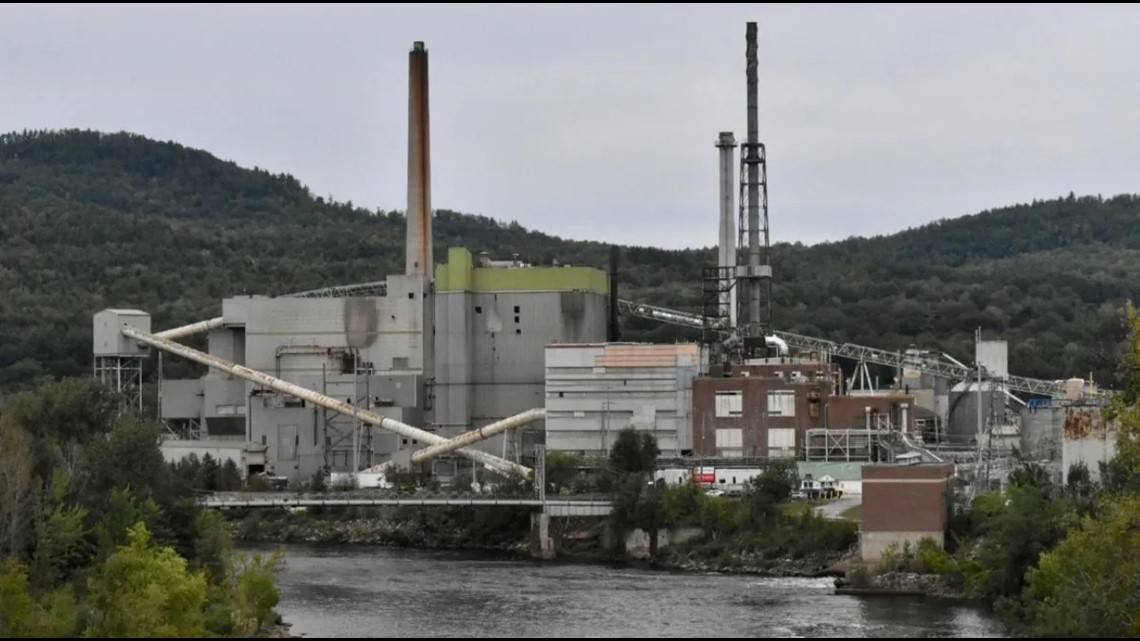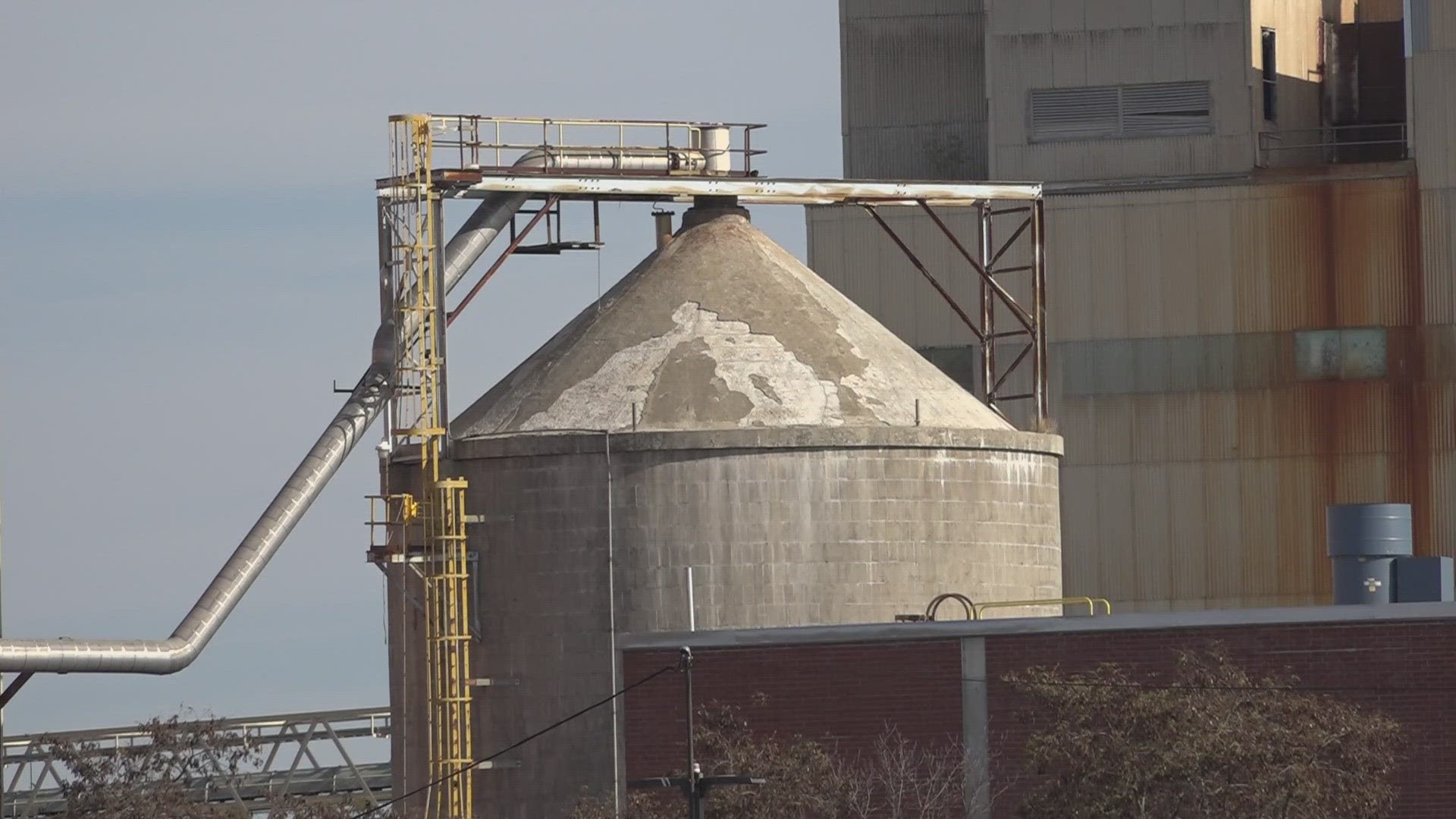MAINE, USA — A few weeks ago, a series of press releases from the Environmental Protection Agency hit my email inbox in quick succession. The subject headlines were near-identical, trumpeting a decrease in toxic chemical releases to air, land and water in states across New England.
That was until an email with Maine’s results popped up. From 2021 to 2022, Maine was the only state in the region to see a net increase of 10 percent in toxic chemical releases.
The reasoning was vague, stating an increase in toxic waste sent to landfills, where solid waste went up 47 percent between 2018 and 2022.
Chris Rascher, the compliance and program coordinator for EPA’s Toxic Release Inventory program in New England, provided context on zinc, one of the chemicals behind the 10 percent increase.
Between 2021 and 2022, the amount of zinc released in Maine increased significantly, resulting in a net increase of the state’s overall release of TRI-listed chemicals. The source? Maine’s two largest paper and pulp mills: ND Paper in Rumford and Sappi North America’s Somerset Mill in Skowhegan.
Rascher learned that the mills increased their use of shredded tires as a fuel source to power operations. Burning tires and filtering the emissions produces a zinc-heavy ash.
Because of its high zinc levels, which are especially harmful to aquatic life, the ash has to be disposed with special precautions to avoid it leaching into nearby water and soil or blowing away in the wind.
Rascher said disposing of tires through combustion helps solve the thornier problem of managing them in landfills, where they can catch fire, burning uncontrollably and giving off pollutants.
“Every state generates an awful lot of used tires that then have to go somewhere,” Rascher said. “And what people discovered is that there are problems with saving a lot of tires and landfills.”
As opposed to burning in a landfill, the emissions of ‘tire-derived fuel’ in facilities can be filtered by special equipment. Burning tires for energy can also supplement the use of coal or heavy fuel oil, reducing overall reliance on the two.


Eric Kennedy, director of licensing and compliance for the Air Bureau at the Maine Department of Environmental Protection, said the department worked with paper mills in the early 1990s to help develop tire fuel.
At the time, tires were menacing Maine’s landfills, Kennedy said, leading to a large fire in the Bowdoinham town landfill in the 1980s with smoke visible for several miles.
Tire-derived fuel seemed like a way out.
“People started figuring out, ‘What can we do with tires instead of putting them in piles and waiting for them to burn?’ ” Kennedy said.
Although burning tires emits more zinc than coal, it emits less sulfur dioxides — potent pollutants that can cause acid rain and respiratory problems in humans.
Still, burning tires as fuel does not eliminate all emissions. Kennedy said Maine mills use specialized equipment to scrub particulates from emissions.
Back to solid waste and Maine’s landfills, both ND Paper and Sappi North America said they send their tire fuel ash to their own landfills, which are lined and have leachate control systems.
DEP spokesman David Madore said that the department would prefer to reduce the amount of tires in Maine landfills. But the paper mills’ use of tires as fuel would only lead to reductions of tires in Maine’s landfills if they sourced them from in-state.
ND Paper said the Rumford mill brings shredded tires from across New England and added that the company’s use of tires reduces its reliance on coal.
Sappi, meanwhile, said it sources its shredded tires in-state. Sappi spokesman Peter Steele said the increased use of tire-derived fuel stems from market shifts that made the company’s preferred use of natural gas more costly.
While Maine had its trouble with toxic releases to landfills, EPA’s Rascher was quick to note there were wins elsewhere.
“Maine did achieve successes with air emissions,” Rascher said. “So there was a small decrease in air emissions from last year” and “more than a 50 percent decrease in air emissions over the last 10 years.
“A 50 percent decrease … is a significant thing. And I think that’s a little bit of a good news story.”
This story was originally published by The Maine Monitor, a nonprofit and nonpartisan news organization. To get regular coverage from the Monitor, sign up for a free Monitor newsletter here.

